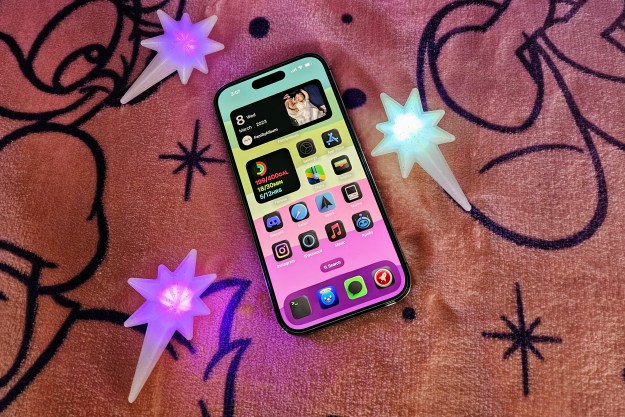Apple announced Apple Pay Later last year when it revealed iOS 16 at WWDC 2022. The feature is finally rolling out to “randomly selected users” as of today, through a prerelease version of Apple Pay Later in the Wallet app. Those who have access to this prerelease version should have received an email to their Apple ID account, and they will need iOS 16.4 and iPadOS 16.4.
This is a prerelease version of Apple Pay Later, and the full service will be rolling out to eligible iPhone users older than 18 in the U.S. in the “coming months.”

Apple Pay Later is a new financing option from Apple that lets qualifying customers in the U.S. split up the cost of a purchase with Apple Pay into four equal payments over the course of six weeks. There is no interest or fees on top of these payments. The Apple Pay Later loans can be as low as $50 or as high as $1,000. Once approved, you can use Apple Pay Later for online and in-app purchases on your iPhone or iPad when using Apple Pay.
Those who qualify for Apple Pay Later can apply for the loans directly inside the Wallet app, and this does not affect their credit. The process is simple — just input the amount needed to borrow, agree to the Apple Pay Later terms, and then a soft credit check is initiated. Once approved, Apple Pay Later appears as an option with Apple Pay.
Apple Pay Later is directly integrated into the Wallet app, much like Apple Card. As such, Apple Pay Later users can view, track, and manage all of their loans in a single place. The Wallet app also lets you see upcoming payments on a calendar, and it can send upcoming payment notifications through the Wallet app and even by email, so you don’t miss a payment. However, debit cards must be linked for the loan repayment method, as credit cards are not allowed.
Apple Financing LLC, a subsidiary of Apple, handles all of the Apple Pay Later credit assessments and loans. The service itself uses the Mastercard Installments program, so merchants who already use Apple Pay do not need to do anything extra — it just works.
For more information about Apple Pay Later, make sure to check the official support document provided by Apple.
Editors' Recommendations
- 12 iOS 16.4 features that are about to make your iPhone even better
- Your phone may play a loud alarm on April 23 — here’s why
- iPhone 15: release date and price predictions, leaks, rumors, and more
- 6 years later, the iPhone X still does one thing better than the iPhone 14 Pro
- I love the Galaxy S23 — here are 5 things the iPhone still does better



